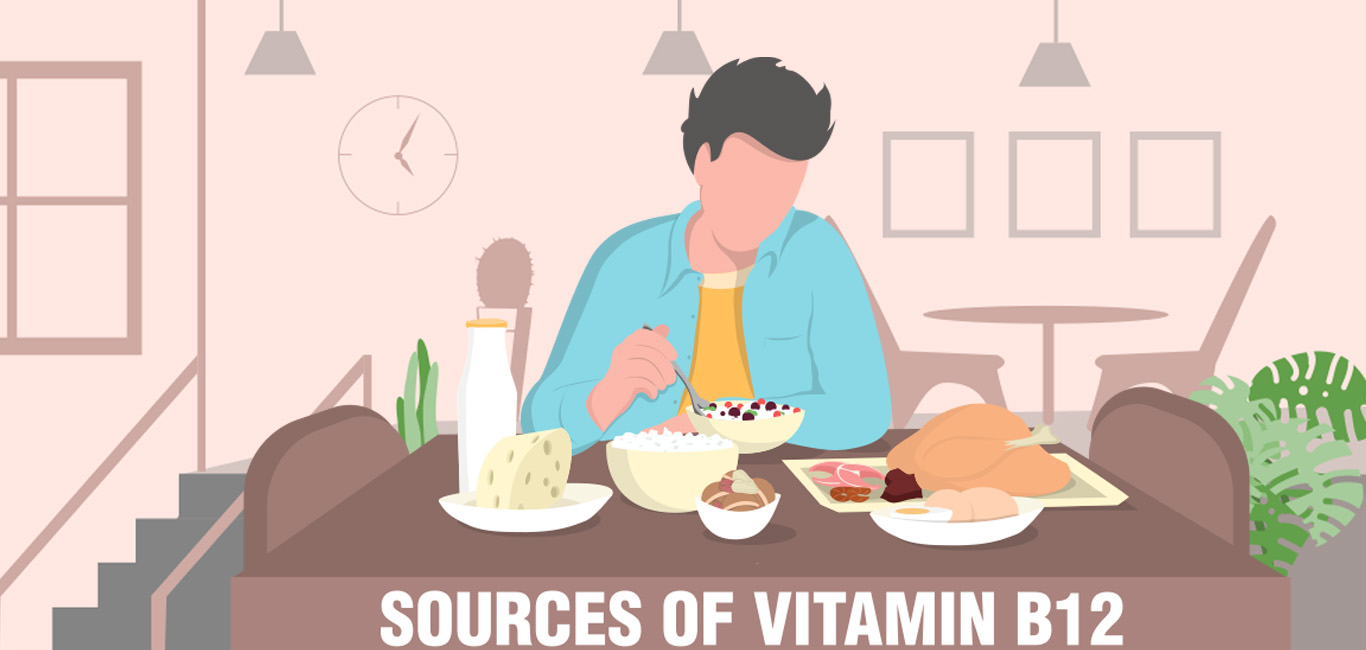
This article provides insights related to multivitamins for older adults. People above the age of 50 are at a higher risk of malnutrition due to metabolic and social changes. Therefore, to achieve healthy-ageing goals and reduce the risk of illness, they may require a higher intake of some vitamins and minerals than younger adults.
According to the National Institute of Aging in the US, a balanced diet can fulfil the daily vitamin and mineral requirements, which is necessary to maintain bone health for reduction of falls and fractures, cognitive functions, nerve health, blood health, vision and much more.
The agency recommends that people above the age of 50 fulfil their dietary requirements for 13 vitamins — including vitamin A, C, D, E, K, and B (complexes) — by consuming a balanced diet of leafy green vegetables, coloured vegetables, starchy vegetables, fruits, whole grains, low-fat and lactose-reduced dairy products, eggs, fish and meats.
| VITAMINS/ AGE > 50 YEARS | FEMALE | MALE | SOURCES a |
| A (Retinol) | 700 mcg | 900 mcg | Milk, butter, egg, carrots, fish oil, tomatoes, pumpkin, green leafy vegetables (spinach, broccoli), sweet potatoes |
| B12 (Cyanocobalamin) | 2.4 mcg | 2.4 mcg | Dairy products, eggs, meat, fish, seafood |
| B6 (Pyridoxine) | 1.5 mg | 1.7 mg | Chickpeas, fruits (other than citrus), potatoes, fish |
| B9 (Folate) | 400 mcg | 400 mcg | Asparagus, avocados, beans, peas, cereals, pasta, rice, spinach, oranges |
| C (Ascorbic acid) | 75 mg | 90 mg | Citrus fruits (amla, lemon, oranges, kiwifruit, strawberries, grapefruit, tomatoes), broccoli, peppers, cabbage, turnip, guava |
| D (calciferol) | 600 IU b | 600 IU b | Dairy products (cheese, butter, milk), fish/cod oil, sunlight, soy, rice, almonds, cereals, mushrooms |
| E (Tocopherol) | 15 mg | 15 mg | Spinach, broccoli, nuts, seeds, peanut butter, vegetable oils, whole grains, lettuce, butter, milk |
| K (Phytonadione) | 90 mcg | 120 mcg | Cabbage, cauliflower, spinach, cereals, soybeans, kale, turnip greens |
–Dietary Guidelines of Americans, 2020-2025
–mcg is microgram, mg is milligram, IU is international unit
- a) Vitamins & minerals chart 4-USFDA; ‘Diet for Healthy Living’—NCERT textbook
b) Vitamin D RDA for both males and females ages 71+ is 800 IU
However, older adults might eat less, thereby further affecting the intake of essential vitamins. Apart from this, other factors such as monetary restrictions, lack of transportation, the inability to chew or swallow certain foods, altered smell and taste, and low interest in cooking also can come into play.
A 2020 study done by researchers at St Stephen’s Hospital, New Delhi, showed that out of 353 Indians older than 60 years, 49.3% were possibly malnourished, corroborating several other studies that have warned of high levels of malnutrition among India’s old.
Globally too, this altered nutritional status of older adults is also sometimes seen as responsible for compromising the immunity, with the number and quality of immune cells generally declining with age, making them more vulnerable to illness, research has shown.
The competency to absorb nutrients from the diet also gets reduced in the elderly due to declined gut health. “With aging, there will be diminished abilities of protective immunity and increased incidence of the illness,” says Stijen Soenem, lead author of the 2016 study ‘The aging gastrointestinal tract’ (published in the journal ‘Current Opinion in Clinical Nutrition and Metabolic Care’).
This falling compliance to the body’s daily vitamin and mineral requirements can be substituted with multivitamin supplements to fill nutrition gaps, experts say. However, the same should be done only on the advice of a trained doctor.
Overdose of multivitamins for older adults
Experts say real health risks arise from the overuse and overdose of multivitamin and mineral supplements, which can lead to symptoms such as skin issues, cramps and nausea, and in extreme cases can cause harm to the kidneys, nerve health and blood vessels.
“Multivitamins for older adults should only be consumed upon doctor’s prescription and must not exceed the course of treatment,” says Dr Mohit Sharma, a Chandigarh-based doctor specializing in diabetes, hypertension and nutrition.
He further warns that multivitamins prescribed in old age to maintain brain and bone health may cause harm if used for the long term without proper advice. “Vitamin D overuse can cause kidney damage, hardening blood vessels, heart function abnormalities, while vitamin B overdose may cause skin problems, stomach cramps, nausea, and vomiting,” Dr Sharma says.
A small-scale study of the Indian population by researchers at Delhi’s Maulana Azad Medical College in 2012 surveyed 120 adults and found that 82 were users of multivitamins. Out of these, 57 were taking multivitamins upon doctor’s advice, 15 were self-prescribers and 10 were taking them on the advice of family or friends.
This prompted the researchers to call for policy-level changes to curb the easy access to dietary supplements, and also for better labelling norms for the upper level of intake or average requirement needs for various multivitamin available freely in the market or as under-the-counter drugs.
So, while multivitamin for older adults is freely available in the market and not regulated by health authorities globally, it’s critical that we are aware of why and how we need to take them.
















